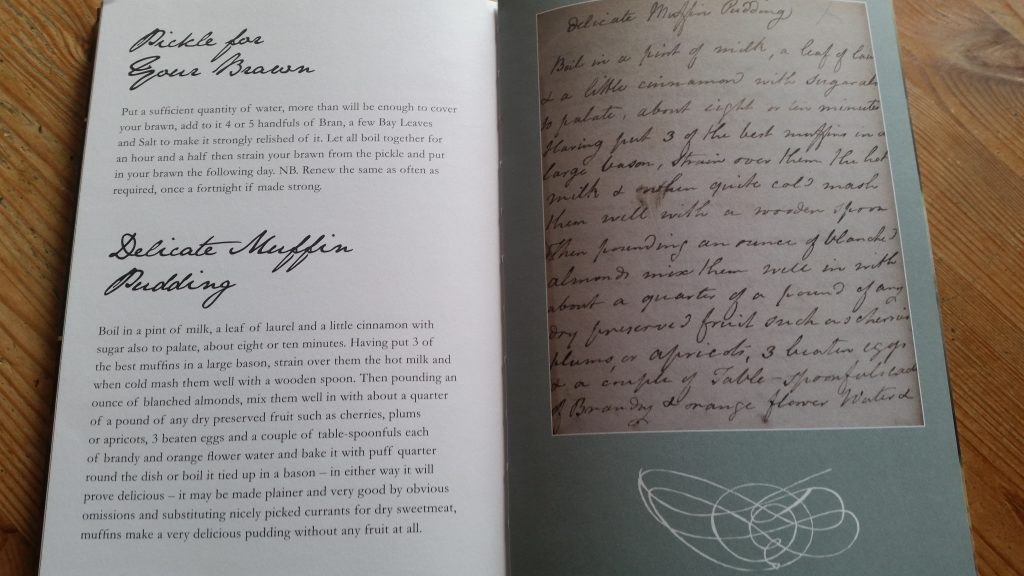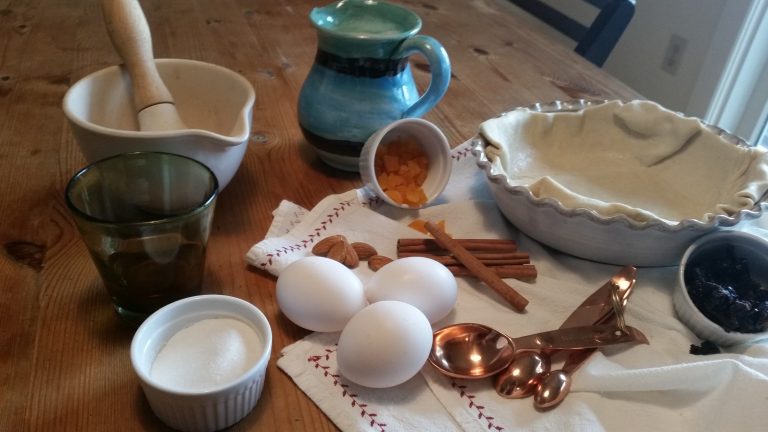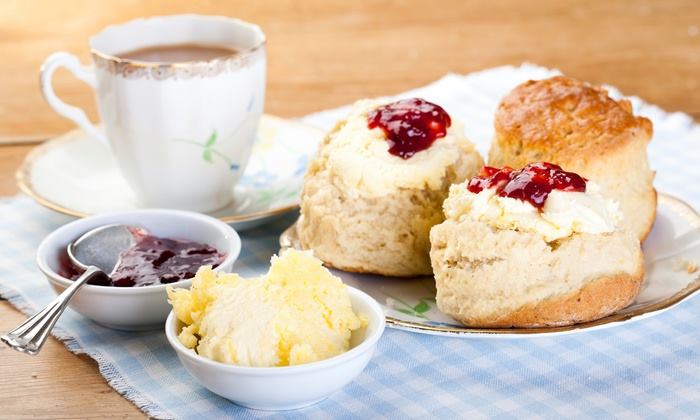Christmas pudding was one of the most controversial foods in history. Really! The harmless dish is most often associated with desserts, and it also comes as heartier fare in blood puddings.
But did people hotly debate the morality of pudding?
Yes. The popular Christmas treat was served up readily in Medieval England. Christmas then took on Mardi Gras proportions. Think an excess of everything. Gambling. Sex. Drunkenness. Fun games took on sexual intent. Twelfth Night fun devolved into debauchery. Christmas lost its “holy day” focus in the face to licentiousness.
 Pudding, with brandy as a key ingredient, caused much chagrin among the growing protestant population. By the early 17th century, Protestants and Quakers alike decried pudding as “lewd” and straight from “the scarlet whore of Babylon.” Once Cromwell came to power, the tide had changed. Parliament banned Christmas. Pudding was out. Feasting was gone with it too. Soldiers patrolled the streets, looking to confiscate “sinful” Christmas foods.
Pudding, with brandy as a key ingredient, caused much chagrin among the growing protestant population. By the early 17th century, Protestants and Quakers alike decried pudding as “lewd” and straight from “the scarlet whore of Babylon.” Once Cromwell came to power, the tide had changed. Parliament banned Christmas. Pudding was out. Feasting was gone with it too. Soldiers patrolled the streets, looking to confiscate “sinful” Christmas foods.
After Cromwell’s passing, Charles II was restored to the throne, but Christmas came quietly back. Citizens were wary of infighting (yes, there had been a few Christmas Day riots among other civil battles). No one wanted to push the scales too hard in the other direction.
It wasn’t until King George I took the throne of England in 1714 that pudding regained its popularity. The newly crowned monarch was celebrating his first Christmas when he was served the sweet dessert. He was delighted. News spread of the king’s love of pudding, and Georgian homes everywhere threw themselves into the joy of Christmas and Christmas pudding.
* * *
Researching pudding gave me some unique insights into Georgian cooking. Dried plums were a much-loved ingredient. Nowadays we’d call them prunes. There was also “frumenty” which reminded me oatmeal with dried fruit  bits (only frumenty is a cracked wheat dish).
bits (only frumenty is a cracked wheat dish).
I discovered lots of tasty recipes in the Downside Abbey Cookbook, a reprint of a 1793 cookbook. The monks of Downside Abbey put the recipe on one side of the page with a picture of the original recipe on the opposite page. The interesting thing about these recipes? Georgian cooks only tell you about half the quantities to use. You have to guess quantities for the other half.
Talk about bare knuckling it in the kitchen! Here’s my adventure in Georgian cooking with Delicate Muffin Pudding. Enjoy!
Merry Christmas, Happy Hanukkah, and Happy New Year!
-Gina
P.S. Did you enjoy this post? Why not share it? Find easy social media share buttons on the upper left side of the screen.



Very interesting information! I had no idea. Thanks so much for sharing!
I loved this. I have looked up medieval recipes and couldn’t find the ingredients – not quite eye of newt but some weird animal parts plus spices I’ve never heard of. Still I found it interesting to know what they were eating – wouldn’t trade them. they were just getting ‘sweet salt’ which was sugar and no chocolate! Thanks, Gina, for the peek into Georgian culture and Christmas Pudding which I always assumed was traditional Christmas fare since the Doomsday Book.
You’re welcome Susan. I love reading old recipe books and the history of food too. LOL about the eye of newt! You’re not too far off with some of those medieval recipes.
Thanks again for stopping by my blog.
Have a great day-
Gina